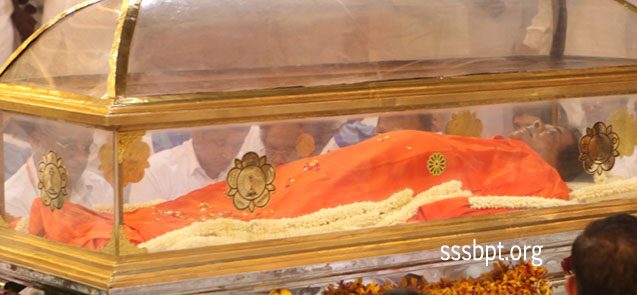Kate Shellnutt is the web producer for HoustonBelief.com.
Extract:
About 50 Jews and Muslims will pray and light a menorah for Hanukkah during their interfaith Christmas Eve gathering.[Info courtesy: Amin H Karim MD, WorldMemons@yahoogroups.com]
...On Christmas Eve, Jews and Muslims may find themselves with nothing to do while Christian neighbors plan fancy dinners and special church services.
For the past two years, the Jewish and Muslim communities in Houston have taken advantage of their free schedules to gather together to learn about each others’ traditions and find commonalities as minority faiths. continue reading
On the same shelf:
[Info courtesy: Haider Ashraf Group: HaiderAshrafGroup@yahoogroups.com]
Extract:
At a time when Christmas is being pulled in different directions, it's not unusual for Muslims to use the occasion as an entry into American culture — no different from signing up their kids for Little League. But most clerics frown on the practice. ...
Sahira Traband, here with her sons Teo, 10, left, and Mikail, 6, is a Muslim who decorates her house for Christmas, hangs stockings and puts gifts under the tree. She views the holiday as a happy time that doesn't conflict with her faith in Islam. “The magic of Christmas is the part we celebrate,” said Traband, 45. “We didn’t get into the whole religious thing.” (Michael Robinson Chavez / Los Angeles Times / December 19, 2011)


 The Blog Content Map is helpful organizing diverse material/content.
The Blog Content Map is helpful organizing diverse material/content. 
 You are here
You are here 
















